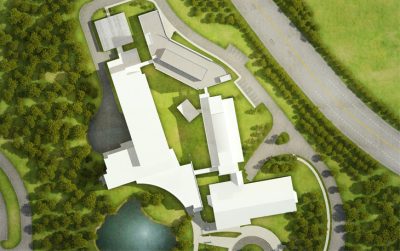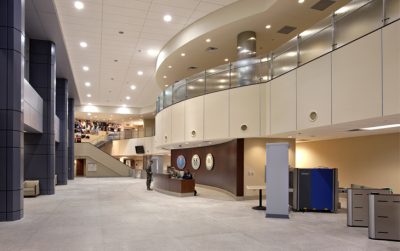Defining the "Right Thing"
Regardless of scale: a multi-campus university system, a large federal facility or individual work units within a department, good design should always be preceded by focused planning efforts. This process begins with defining long and short term objectives and requirements, resulting in a “big picture” vision or Master Plan as well as a highly-detailed program of spaces. In all cases, good planning derives from an understanding of the client’s existing conditions, mission, and future goals. Together we outline a strategy where the physical environment can evolve over time to support their changing needs. Collectively, planning and programming are the processes by which we define the best way forward – the “Right Thing.” MCA Planners & Programmers understand that successfully-managed change starts with a disciplined planning and programming process. We call it “Defining the Right Thing”. We begin with client engagement and data gathering – asking thoughtful questions, listening, and providing thorough research and documentation. Only then can we assist our clients with assessing needs, projecting growth, and identifying key adjacencies, functions and migration strategies. We use our extensive knowledge of industry space standards, current trends, and the regulatory environment to help inform our private and public clients’ land use and real property investments. MCA’s successful work in this area has resulted in truly actionable and lasting solutions that have helped our clients move forward with confidence.












